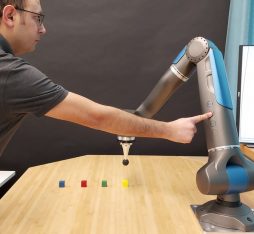There are five levels of automation in autonomous vehicles, which range from level zero to level five. With level zero, there is no automation, whereas level-five vehicles are fully self-driving in any circumstances and conditions anywhere in the world.
1. With level one, the driver remains in charge while the system provides assistance with one dimension, either with longitudinal control, that is to say acceleration and braking, or lateral control, that is to say steering. These are widely deployed systems like adaptive cruise control and lane keeping.
2. With level two, the driver stays in charge while benefitting from assistance with automated acceleration and braking and also automated steering. And these systems can make quite a difference when driving on motorways with lane keeping and distance regulation. These systems are also already widely deployed.
3. The real change comes when you reach level three because these systems can take control and enable the driver to do other things. With today’s level three, the driver still has to be there to take over in the event of a system failure. But while the system is active, the driver can do other things: watch a TV series, read a book, or answer emails. Today, some vehicles can deploy features like these on specific roads at up to 60 kph right now, and soon they will be allowed at up to 130 kph on motorways.
4. With level four, you no longer need to have a driver. The vehicle can cope independently within well-defined areas of operation. That is to say that the system is designed to manage on its own. For example, in a car park, you can leave your car at the entrance, and it will find a space to park itself. Or, once you are on the motorway, you can engage the system and travel from Paris to Marseille while watching Netflix.
5. As for level five, it’s still very futuristic, but we may one day have a car that can manage every situation in the world. We’re not there yet.







